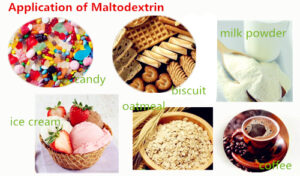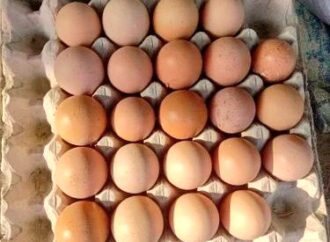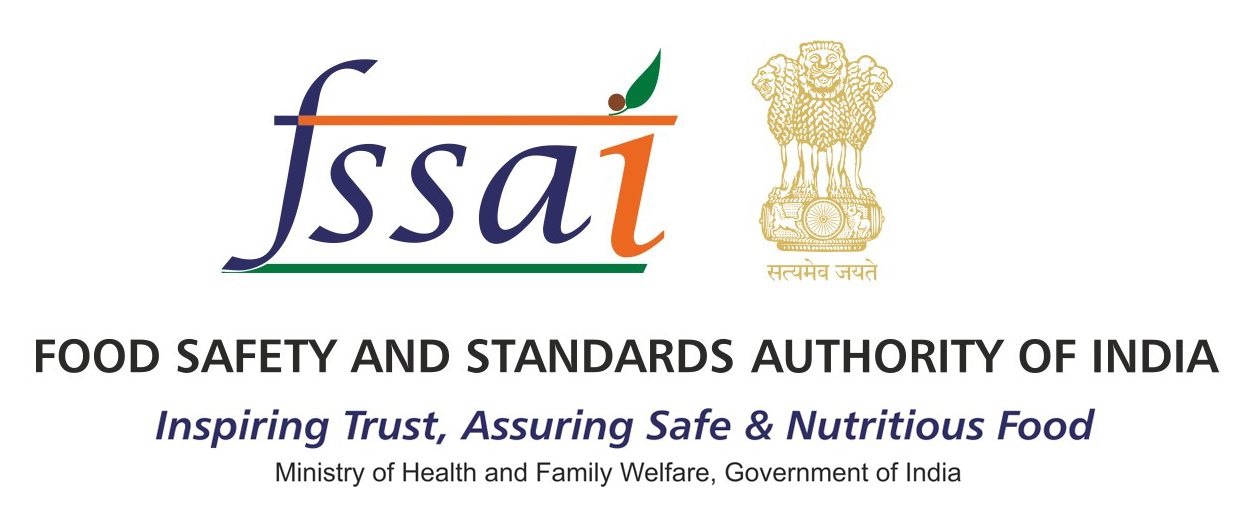Do you check the ingredients before buying food? If so, you may have come across maltodextrin on the label. Manufacturers commonly add this white, starchy powder to packaged foods like pastries, soft drinks, and candies. Whenever this ingredient is used, they specify it in the list of ingredients.
Maltodextrin is a carbohydrate derived from rice, corn, wheat, and potato starch. Despite its plant-based origin, it undergoes heavy processing. Manufacturers use hydrolysis, a process that adds water, acid, and enzymes to break down the starch into smaller components. The result is a water-soluble powder made of sugar molecules with a neutral taste, often used as a sugar substitute. While concerns exist regarding its impact on health, food safety authorities generally consider it safe for consumption. Let’s dive deeper into the properties, uses, and health aspects of maltodextrin.
Foods Containing Maltodextrin

You might be consuming maltodextrin without even realizing it. Besides the obvious processed snacks and drinks, maltodextrin is found in many foods, including:
- Soft drinks
- Rice
- Nutrition bars
- Ice cream
- Baby food
- Medical food products (e.g., protein drinks before surgery)
- Frozen meals
- Candies
- Beer
- Condiments like mayonnaise
- Low-fat dairy products
- Weight-training supplements
- Powdered peanut butter and instant soups
Common Uses of Maltodextrin
Maltodextrin is an incredibly versatile additive, used for various purposes in the food industry and beyond. Here are some of its most common uses:
- Thickener: Maltodextrin is used in instant puddings, gelatine, salad dressings, and sauces to improve shelf life and preserve flavour, appearance, and consistency. It easily binds ingredients together and is highly effective at carrying flavours.
- Anti-caking agent: In baked goods, maltodextrin helps maintain moisture and prevents them from hardening as they age. Its low moisture absorption keeps products like powdered mixes and baked goods free-flowing and fresh.
- Regulates ice crystals: In frozen dairy products like ice cream, maltodextrin regulates the formation of ice crystals, ensuring smooth texture.
- Added to ‘low sugar’ and ‘sugar-free’ products: Maltodextrin is often added to processed foods marketed as low in sugar or sugar-free. It provides bulk and texture without contributing to sweetness.
- Mixed with sugar substitutes: Maltodextrin can enhance the texture of sugar substitutes, making them more palatable in products like canned fruits, desserts, and powdered drinks.
- Personal care products: It’s used as a thickening agent in personal care items like hair care products and lotions to give them the desired consistency.
- Infant nutrition: Maltodextrin is a lactose replacement for babies with lactose intolerance, providing necessary carbohydrates for energy. It’s commonly found in baby formula.
- Dietary supplements: Maltodextrin is often found in weight-training supplements due to its quick-digesting carbohydrate properties, providing a fast energy boost for workouts.
Health Concerns Related to Maltodextrin
While maltodextrin has many uses, there are valid health concerns associated with its consumption, especially when taken in large quantities. Here are some key areas to be mindful of:
Celiac Disease and Gluten Sensitivity
If you have celiac disease or gluten sensitivity, it’s essential to be cautious with maltodextrin made from wheat. Although the extensive processing of wheat starch typically removes gluten, small traces may remain, which could cause reactions in individuals with celiac disease. People with gluten sensitivities should verify the source of maltodextrin in the products they consume.
Type 2 Diabetes Risk
Maltodextrin has a high glycaemic index (GI), meaning it causes blood sugar levels to rise quickly after consumption. This makes it particularly risky for individuals with type 2 diabetes. Overconsumption of maltodextrin-containing products can lead to blood sugar spikes, potentially causing complications for diabetics.
Gastrointestinal Issues and Gut Health
Consuming large amounts of maltodextrin can lead to gastrointestinal issues like bloating, gurgling, and diarrhoea. It lacks fibre, which can contribute to constipation, and it has been shown to negatively impact gut flora. Studies indicate that maltodextrin may inhibit the growth of beneficial gut bacteria while promoting harmful bacteria, increasing the risk of digestive issues and inflammatory bowel diseases.
Weight Gain
Maltodextrin is a carbohydrate with minimal nutritional value, often contributing to excess calorie intake. Regular consumption, especially in combination with a low-fiber diet, can lead to weight gain and higher cholesterol levels. People following gluten-free diets should be cautious, as some gluten-free products may still contain significant amounts of maltodextrin, contributing to a high-sugar, low-fiber diet.
Allergic Reactions
Although rare, some individuals may experience allergic reactions to maltodextrin. Symptoms include skin irritation, bloating, cramps, or more severe reactions. If you suspect an allergy, consult a healthcare provider.
Benefits of Maltodextrin
Despite these concerns, maltodextrin has some notable benefits, especially for certain groups:
Energy Source for Athletes
Maltodextrin is particularly beneficial for athletes because it provides a quick source of energy. The body digests it rapidly, allowing athletes to quickly restore blood sugar levels during or after intense workouts. It is a key ingredient in sports drinks and energy supplements, helping improve endurance and recovery times.
Treatment for Chronic Hypoglycaemia
For people with chronic hypoglycaemia (low blood sugar), maltodextrin can be an effective treatment. Since it quickly raises blood sugar levels, it helps people maintain adequate glucose levels when needed.
Potential in Cancer Prevention
A specific form of maltodextrin, known as Fibersol-2, has shown promise in fighting colorectal cancer. Research suggests it may improve digestion and bacterial fermentation in the gut, potentially reducing the growth of colorectal tumours.
Cost-effective and Easy to Produce
Maltodextrin is inexpensive and requires only small amounts to be effective. Its affordability makes it a go-to additive for manufacturers looking to enhance the texture, shelf life, and consistency of their products.
Takeaways
In moderation, maltodextrin is safe for most people and serves as a versatile additive in various food products. However, overconsumption may pose risks, particularly for individuals with diabetes, celiac disease, or gluten intolerance. If you’re concerned about its potential effects, consider reducing processed food intake and opting for more natural alternatives, like pectin or guar gum. As with all dietary choices, balance is key—ensure you’re consuming enough fibre and protein to maintain a healthy diet.
 Food Manifest
Food Manifest 


















